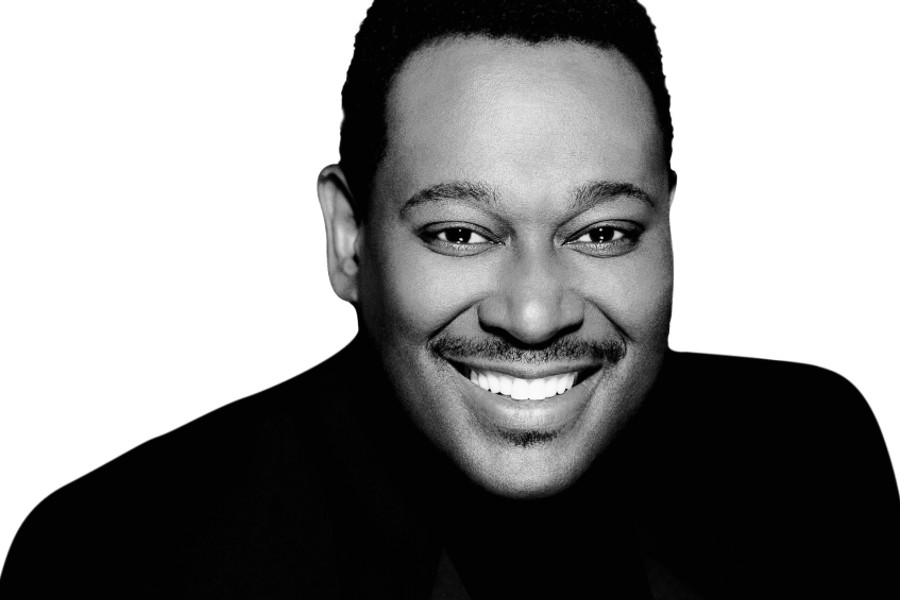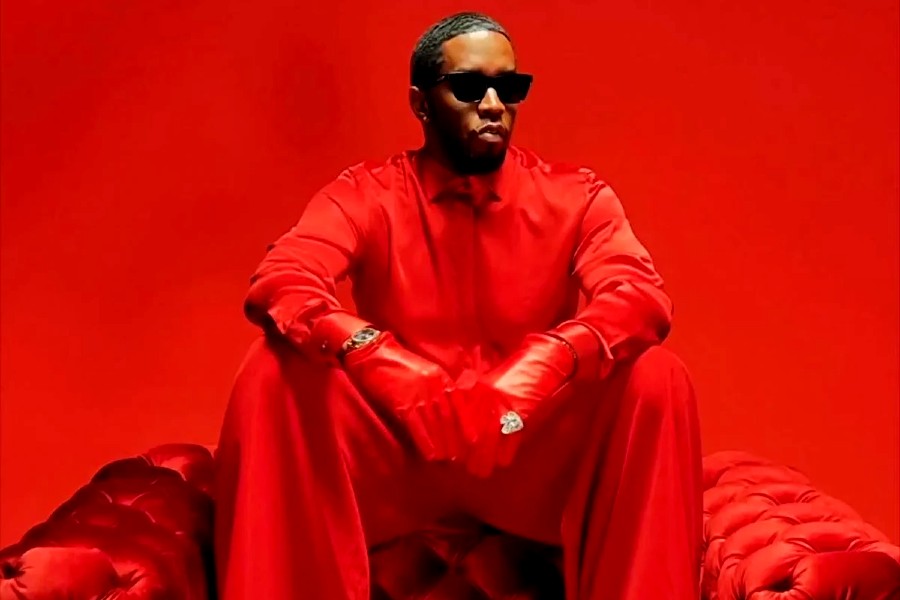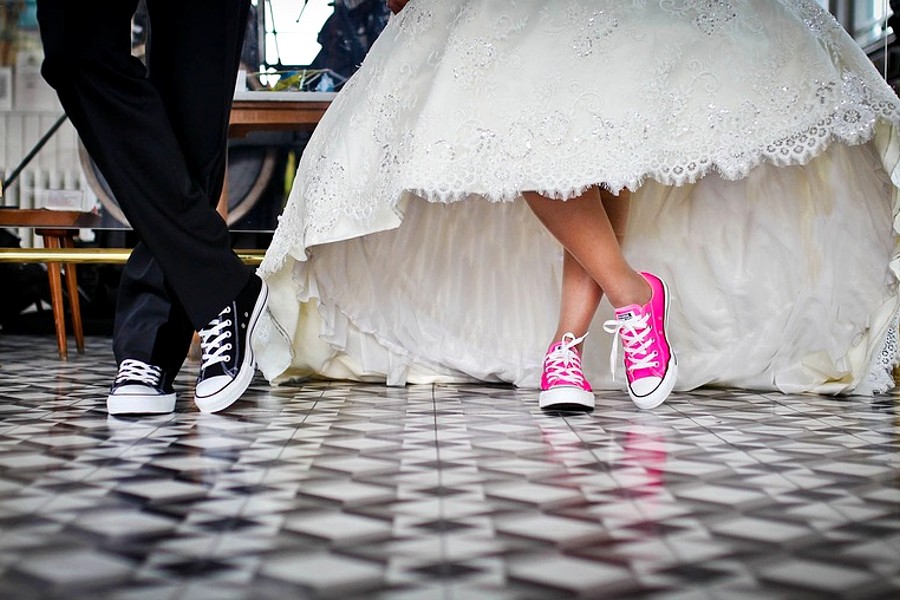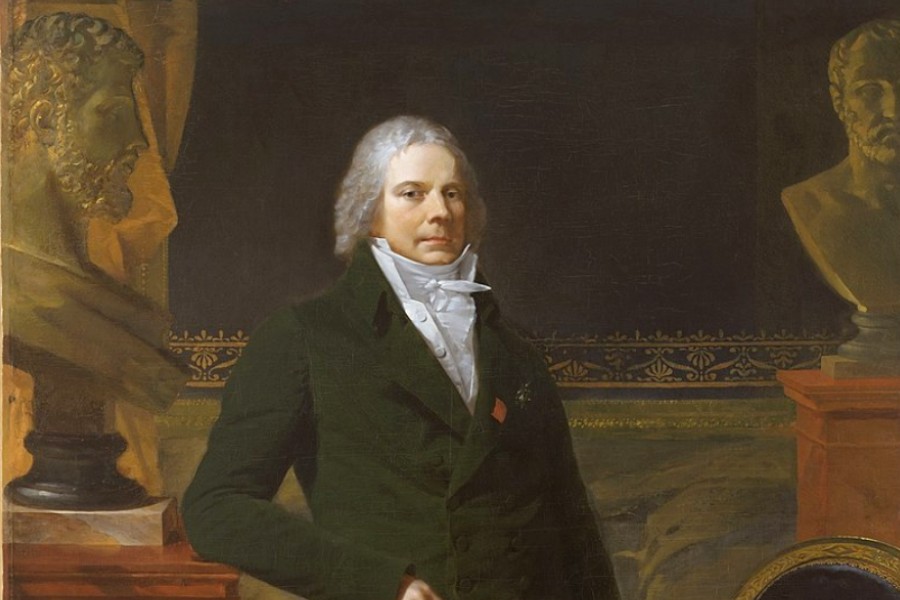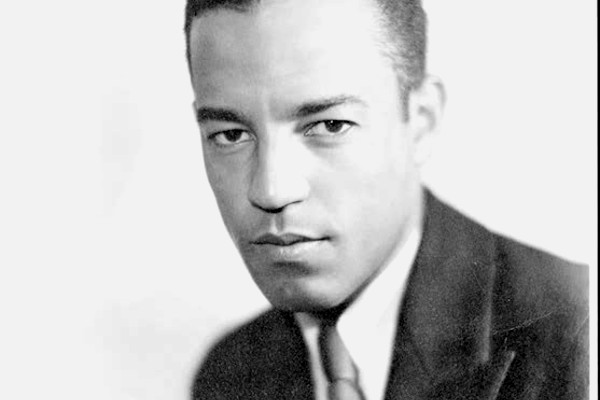 James Richmond Barthé, also known as Richmond Barthé, January 28, 1901 – March 5, 1989, was a Harlem sculptor associated with the Harlem Renaissance.
James Richmond Barthé, also known as Richmond Barthé, January 28, 1901 – March 5, 1989, was a Harlem sculptor associated with the Harlem Renaissance.
Barthé is best known for his portrayal of black subjects. The focus of his artistic work was portraying the diversity and spirituality of man. Barthé once said: “All my life I have been interested in trying to capture the spiritual quality I see and feel in people, and I feel that the human figure as God made it, is the best means of expressing this spirit in man.”
Richmond Barthé was born in Bay St. Louis, Mississippi. He was the first and only child of Richmond Barthé Sr. and Marie Clementine Robateau. Barthé’s father died at age 22, when he was only few months old, leaving his mother to raise him alone. She worked as a dressmaker and before Barthé began elementary school she remarried to William Franklin, with whom she eventually had five additional children.
Barthé showed a passion and skill for drawing from an early age. His mother was, in many ways, instrumental in his decision to pursue art as a vocation. Barthé once said: “When I was crawling on the floor, my mother gave me paper and pencil to play with. It kept me quiet while she did her errands. At six years old I started painting. A lady my mother sewed for gave me a set of watercolors. By that time, I could draw very well.”
Barthé continued making drawings throughout his childhood and adolescence, under the encouragement of his teachers. His fourth-grade teacher, Inez Labat, from the Bay St. Louis Public School, influenced his aesthetic development by encouraging his artistic growth. When he was only twelve years old, Barthé exhibited his work at the Bay St. Louis Country Fair.
However, young Barthé was beset with health problems, and after an attack of typhoid fever at age fourteen, he withdrew from school. Following this, he worked as a houseboy and handyman but still spent his free time drawing. A wealthy family, the Ponds, who spent summers at Bay St. Louis, invited Barthé to work for them as a houseboy in New Orleans, Louisiana.
Through his employment with the Ponds, Barthé broadened his cultural horizons and knowledge of art, and was introduced to Lyle Saxon, a local writer for the Times-Picayune. Saxon was fighting against the racist system of school segregation, tried unsuccessfully to get Barthé registered in an art school in New Orleans.
In 1924 Barthé donated his first oil painting to a local Catholic church to be auctioned at a church fundraiser. Impressed by his talent, Reverend Harry F. Kane encouraged Barthé to pursue his artistic career and raised money for him to undertake studies in fine art. At age twenty-three, with less than a high school education and no formal training in art, Barthé was admitted to the Pennsylvania Academy of Fine Arts and the Art Institute of Chicago, but opted for the latter.
During the next four years Barthé followed a curriculum structured for majors in painting. During this time Barthé boarded with his aunt Rose and made himself a living working different jobs. His work caught the attention of Dr. Charles Maceo Thompson, a patron of the arts and supporter of many talented young black artists. Barthé was a flattering portrait painter, and Dr. Thompson helped him to secure many lucrative commissions from the city’s affluent black citizens.
At the Art Institute of Chicago, Barthé’s formal artistic instruction in sculpture took place in anatomy class with his professor of anatomy and German artist Charles Schroeder. Students practiced modeling in clay to gain a better understanding of the three-dimensional form. This experience proved to be, according to Barthé, a turning point in his career, shifting his attention away from painting and towards sculpture.
Richmond Barthé had his debut as a professional sculptor at The Negro in Art Week exhibition in 1927, while still a student of painting at the Art Institute of Chicago. He also exhibited in the April 1928 annual exhibition of the Chicago Art League. The critical acclaim allowed Barthé to enjoy numerous important commissions such as the Bust of Henry O. Tanner (1928) and Toussaint L’Ouverture (1928).
Though he was still in his late twenties, within a short time he won recognition, primarily through his sculptures, for making significant contributions to modern African American art. By 1929, the essentials of his artistic education complete, Barthé decided to leave Chicago and head for New York City.
Barthé established his studio in Harlem in 1930…
Barthé mingled with the bohemian circles of downtown Manhattan. Initially unable to afford live models, he sought and found inspiration from on-stage performers. Living downtown provided him the opportunity to socialize not only among collectors but also among artists, dance performers, and actors. His remarkable visual memory permitted him to work without models, producing numerous representations of the human body in movement. During this time, he completed works such as Black Narcissus (1929),The Blackberry Woman (1930), Drum Major (1928), The Breakaway (1929), busts of Alain Locke(1928), bust of A’leila Walker (1928), The Deviled Crab-Man (1929), Rose McClendon (1932), Feral Benga (1935), and Sir John Gielgud as Hamlet (1935).
In October 1933, a major body of Barthé’s work inaugurated the Caz Delbo Galleries at the Rockefeller Center in New York. That same year his works were also exhibited at the Chicago World’s Fair in 1933. In the summer of 1934, Barthé went on a tour to Paris with Reverend Edward F. Murphy, a friend of Reverend Kane from New Orleans, who exchanged his first-class ticket for two third-class tickets to share with Barthé. This trip exposed Barthé to classical art, but also to performers such as Feral Benga and African American entertainer Josephine Baker, of whom he made portraits in 1935 and 1951, respectively. During the next two decades, he built his reputation as a sculptor. He was awarded several awards and has experienced success after success and was considered by writers and critics as one of the leading “moderns” of his time. Among his African-American friends were Wallace Thurman, Claude McKay, Langston Hughes, Jimmie Daniels, Countee Cullen, and Harold Jackman. Ralph Ellison was his first student. His white supporters included Carl Van Vechten, Noel Sullivan, Charles Cullen, Lincoln Kirstein, Paul Cadmus, Edgar Kaufmann jr., and Jared French.
In 1945 Barthé became a member of the National Sculpture Society.
Eventually, the tense environment and violence of the city began to take its toll, and he decided to abandon his life of fame and move to Jamaica in the West Indies in 1947. His career flourished in Jamaica and he remained there until the mid-1960s when ever-growing violence forced him to yet again move. For the next five years he lived in Switzerland, Spain, and Italy before eventually settling in Pasadena, California in a rental apartment. In that apartment, Barthé worked on his memoirs and most importantly, editioned many of his works with the financial assistance of the actor James Garner until his death in 1989. Garner copyrighted Barthé’s artwork, hired a biographer to organize and document his work, and established the Richmond Barthe Trust.
Barthé’s first public commission came from the New York City’s Federal Art Project and for the 80-foot bas-relief in cast stone, (1939), for the embellishment of the Harlem River Houses complex. His other most notable public works include a monumental bronze of Toussaint L’Ouverture, (1950), in front of the National Palace in Port-au-Prince, Haiti; 40-foot bronze statue Jean Jacques Dessalines, (1952), at Champs-du-Mars, Port-au-Prince, Haiti;a cast stone relief of American Eagle, (1940), on the façade of Social Security Board Building in Washington, DC; a marble Arthur Brisbane Memorial in New York City, (1939), a later enlarged version of a sculpture of Rose McClendon (1932), for Frank Lloyd Wright’s Fallingwater, (c.1935); and the design of several Haitian coins, still in use today.
Barthe’s Haitian works came in time after his 1947 move to Ocho Rios, Jamaica, and were among his largest and most famous works. The huge 40-foot equestrian bronze of Jean Jacques Dessalines, (1952), was one of four heroic sculptures commissioned in 1948 by Haitian political leaders to mark independence celebrations. The Dessalines monument was part of a larger 1954 restoration of the Champs-du-Mars park in Port-au-Prince, Barthe’s 40-foot-high Toussaint L’Ouverture statue (1950), and the stone monument was positioned nearer the National Palace and was unveiled in 1950 with two other commissioned heroic sculptures (in the capital and in the north of the county) by Cuban sculptor Blanco Ramos. At the time, one African-American newspaper called the collection “the Greatest Negro Monuments on Earth.” L’Overture was in fact a subject Barthe returned to several times, having created a bust (1926) and painted a portrait (1929) of the figure early in his career.
Barthé’s first debut as a professional sculptor was at The Negro in Art Week exhibition in Chicago in 1927. His first solo exhibition was held at the Women’s City Club in Chicago in 1930, exhibiting a selection of thirty-eight works of sculpture, painting, and works on paper. In 1932, the Whitney Museum of American Art decided to purchase a bronze copy of The Blackberry Woman (1930) after exhibiting it at the opening exhibition of Contemporary American Artists in 1932 Barthé’s work was paired with drawings by Delacroix, Matisse, Laurencin, Daumier, and Forain at the Caz-Delbo Gallery in 1933 in New York City.
Barthé’s last retrospective, Richmond Barthé: His Life in Art, consisted of over 30 sculptures and photographs. The exhibition was organized by Landau Traveling Exhibitions of Los Angeles, CA, in 2009. The exhibition venues included the Charles H. Wright Museum of African American History, the California African American Museum, the Dixon Gallery and Gardens, and the NCCU Art Museum.
The Whitney Museum of American Art purchased Barthé’s bronze copy of The Blackberry Woman (1930) in 1932, after the inaugural exhibition Whitney Annual in 1932. The African Dancer (1933) was also purchased after being displayed in Whitney Annual in 1933, as well as The Comedian in 1935. The Metropolitan Museum of Art purchased The Boxer (1942) after Artists For Victory exhibition at the Metropolitan Museum of Art in 1942. Barthé’s other pieces are in the collections of the Smithsonian American Art Museum; the Art Institute of Chicago, Fallingwater, and others.
Richmond Barthé received many honors during his career, including the Rosenwald Fellowship in 1930 and the Guggenheim Fellowship in 1940. Barthé was also the first African American artist to be represented, together with the painter Jacob Lawrence, in the Metropolitan Museum of Art’s permanent collection. In 1945, he was elected to the American Academy of Arts and Letters. He also received awards for interracial justice and honorary degrees from Xavier and St. Francis Universities. He was the recipient of the Audubon Artists Gold Medal in 1950. A few years after his arrival in Pasadena, California, the city renamed the street where Barthé lived in Barthé Drive.
When once interviewed, Barthé indicated that he was homosexual. Throughout his life, he had occasional romantic relationships that were short-lived. In an undated letter to Alain Locke, he indicated that he desired a long-term relationship with a “Negro friend and a lover”. The book Barthé: A Life in Sculpture, by Margaret Rose Vandryes, links Barthé to writer Lyle Saxon, to African American art critic Alain Locke, young sculptor John Rhoden, and photographer Carl Van Vechten. According to a letter from Alain Locke to Richard Bruce Nugent, Barthé had a romantic relationship with Nugent, a cast member from the production of Porgy & Bess.
Barthé was a devoted Roman Catholic. Many of Barthé’s later works depicted religious subjects, including The John the Baptist (1942), Come Unto Me (1945), Head of Jesus (1949), Angry Christ (1946), and Resurrection (1969), to name only a few. Works like The Mother (1935), Mary (1945), or his unfinished Crucifixion (ca. 1944) are noticeably influenced by the interracial justice for which he was awarded the James J. Hoey Award by the Catholic Interracial Council in 1945.
Photo credit: 1) Wikipedia. 2) Youtbe.com.
- The Ultimate Guide To Customizing Your Cubicle Partition For Comfort And Style
- Eco-Friendly Cubicle Partitions: Sustainable Office Design Ideas
- Sponsored Love: Luther Never Too Much In Harlem And At The Beacon NY
- FDA’s Concerns With Unapproved GLP-1 Drugs Used For Weight Loss From Harlem To Hawaii
- Two-Thousand Turkeys To Be Distributed By Anti-Poverty Nonprofit Oyate Group From Harlem To Hollis
Become a Harlem Insider!
By submitting this form, you are consenting to receive marketing emails from: . You can revoke your consent to receive emails at any time by using the SafeUnsubscribe® link, found at the bottom of every email. Emails are serviced by Constant Contact




